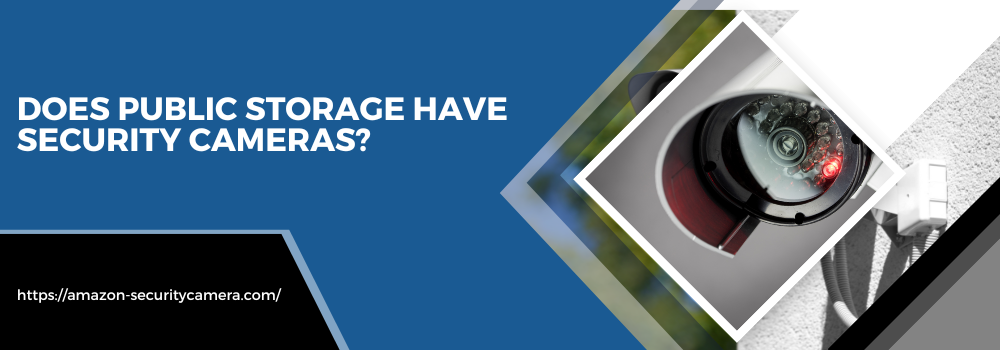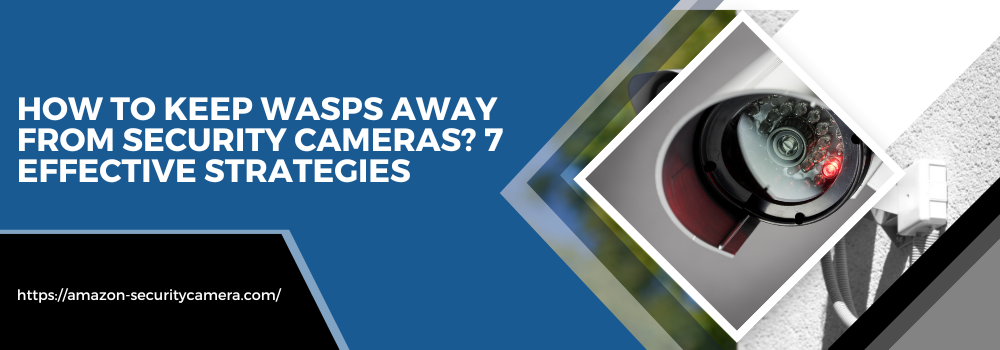Are you looking to secure your home with cameras? With the rise of smart security systems, more and more homes are choosing to invest in surveillance cameras for their peace of mind. But what do you need to know before purchasing one or multiple cameras?
Just remember, that a well-placed camera at each entry point and one overseeing any large outdoor spaces should do the trick! There is no fit-all answer when it comes to how many cameras you need for home security.
This blog post dives into how many security cameras you may need and takes a look at five essential steps that will ensure adequate coverage of your property while avoiding an overwhelming number of blind spots.
Table of Contents
(1) Determine Your Security Needs
The first step to determining how many security cameras you need is to consider the purpose of the system. Are you looking for a deterrent or active monitoring of the home and its surrounding areas? Deterrents are great if you’re looking to alert intruders that they are being watched and prevent any vandalism or theft. Active monitoring, however, allows for live-streaming videos that can be viewed remotely.
Suspicious Activity
This is especially useful for spotting any suspicious activity or intruders in real time. Knowing the purpose of your security camera system will narrow down the number you need and help you decide which areas are most important to monitor.
(2) Identify the Coverage Areas
Next, it’s time to decide which areas are most important to monitor and should be covered with cameras. For example, consider the front door, back door, windows, patio/deck/garden areas – these locations all provide easy access points for intruders. Each of these should have a camera or two installed in order to provide adequate coverage of your property.
Outdoor Areas
It’s also important to consider any outdoor spaces you want to be monitored. Areas such as driveways, pathways, and backyards should be covered with cameras for maximum security during the day or night. Installing motion-activated lights is another great way to add an additional layer of security, as it will alert you if there are suspicious activities in these areas.
(3) Take into account your budget
When shopping for surveillance equipment, it’s important to consider your budget. Quality cameras can range from low-cost models that are effective but limited in features, to pricier versions with higher resolution and more advanced features. When shopping around, make sure you keep an eye out for discounts or specials as they will help you save money while still providing good quality security coverage.
(4) Choose the right type of camera
When it comes to choosing the right type of camera for your home security system, there are a variety of options available. The most popular types include bullet cameras, dome cameras, infrared cameras, and PTZ (pan-tilt-zoom) cameras. Each of these provides different levels of protection and a range of features and price points. Bullet cameras provide wide-angle views and are ideal for monitoring areas such as front doorways and backyards.
Discreet Viewing Angles
Dome cameras offer discreet viewing angles and can be mounted in corners of a room or entryway. Infrared cameras allow you to see in the dark and are ideal for outdoor spaces such as porches, patios, and driveways. Finally, PTZ cameras provide 360-degree views with zoom capabilities and can be used indoors or outdoors. Depending on your budget and security needs, one of these camera types should provide the coverage you’re looking for.
(5) Install the cameras properly
Once you have chosen the right type of camera for your home security system, it is important to ensure that they are installed correctly and securely. Proper installation can mean all the difference when it comes to getting the most out of your cameras. Make sure that the cameras are placed in discreet locations where they won’t be obvious to intruders, and double-check that each one is mounted securely to the wall or ceiling.
Appropriate wiring
Appropriate wiring is key to getting the most out of your security cameras. Make sure that all power and data cables are connected securely and routed discreetly. The camera’s field of view should not be obstructed by any objects, and the cabling should remain hidden from sight. If you plan on using wireless signals for your security system, make sure that they are encrypted for optimal security.
Wifi Capability
In addition to ensuring that your home security cameras are installed correctly and securely, it is also important to make sure they have Wi-Fi capability. This will enable you to view the footage on any device, anytime and from anywhere. With a few simple steps, you can set up your own wifi-enabled home security system with ease. To get started, simply connect the camera to your router using an ethernet cable.
Conclusion
In the end, There is no one-size-fits-all answer to the question of how many security cameras you need for your home. It really depends on the size and layout of your house, as well as your own personal needs and budget. But with a little research, planning, and preparation, you can choose the right type of camera and install it properly to get optimal coverage from your home security system. With a reliable surveillance camera in place, you can rest assured that your home is safe and secure!
Faqs
Q1. How many cameras do you need for home security?
A1. There is no one-size-fits-all answer to this question. It really depends on the size and layout of your house, as well as your own personal needs and budget. However, a good rule of thumb is to install at least one camera at each entry point and one overlooking any large outdoor spaces for maximum coverage.
Q2. how many security cameras do I need Reddit?
A2. The exact number of security cameras you need really depends on the size and layout of your house, as well as your own personal needs and budget. However, Reddit users generally recommend installing at least one camera at each entry point and one overlooking any large outdoor spaces for maximum coverage.
Q3. How much does a home security system with cameras cost?
A3. The cost of a home security system with cameras can vary greatly depending on the type and number of cameras you choose to install. Generally speaking, the price range for a basic system with one or two cameras starts at around $100 and can range up to several hundred dollars for more advanced systems. However, the costs may be offset by insurance discounts or other benefits.
Q4. Five basic components of CCTV system?
A4. The five basic components of a Closed-Circuit Television (CCTV) system include the camera (or cameras), recording device, monitor, cable, and power supply. The camera captures the footage which is then displayed on the monitor, recorded by the recording device, and powered via a cable connection to the power supply. All these components work together to form a complete CCTV system.
Q5. How many CCTV cameras in the world?
A5. According to estimates from leading industry sources, there are over 700 million CCTV cameras in use worldwide as of 2021. This includes both public and private cameras used for security, traffic monitoring, surveillance, and other purposes. China has the highest number of these surveillance cameras with an estimated 200 million devices installed across the country.



